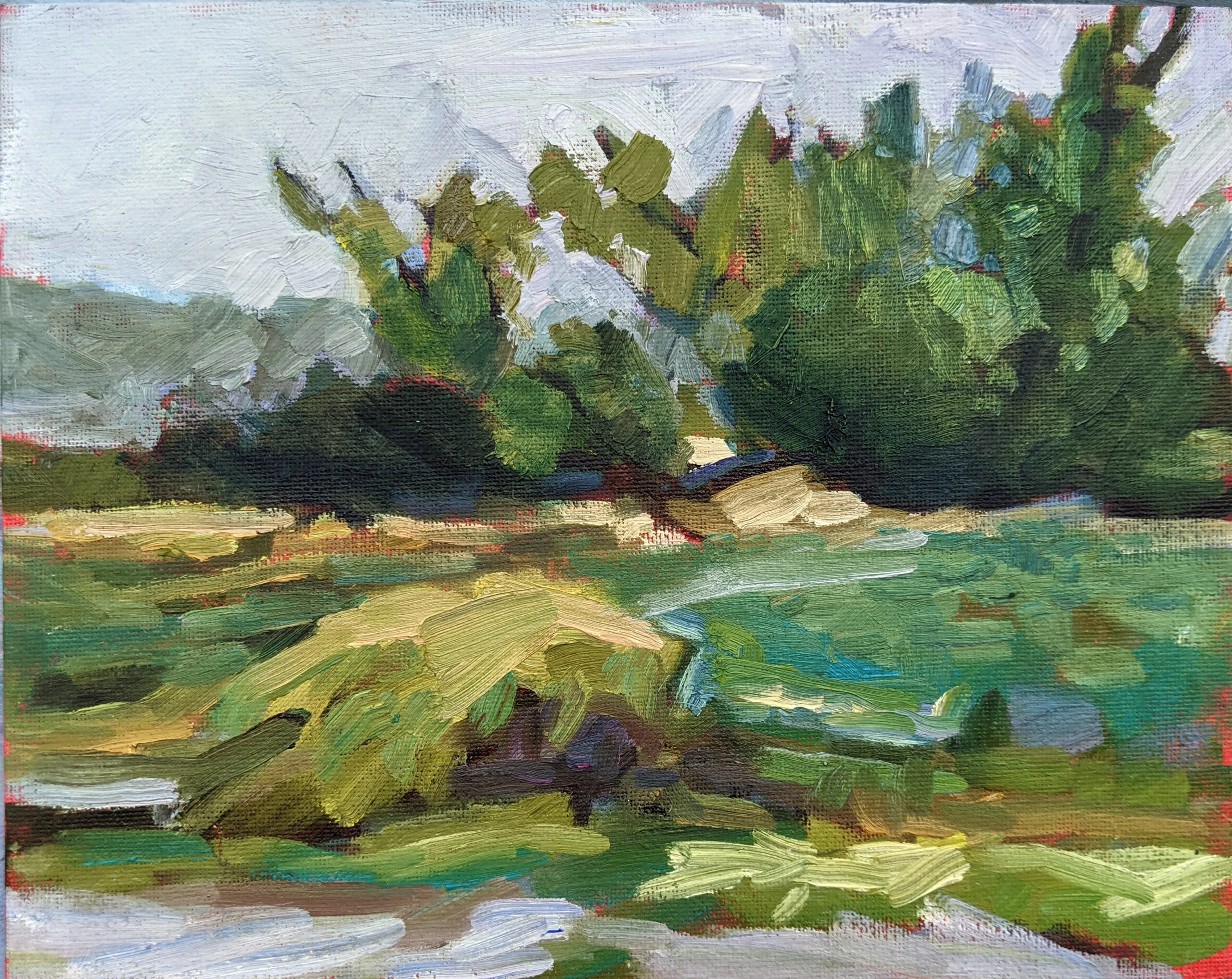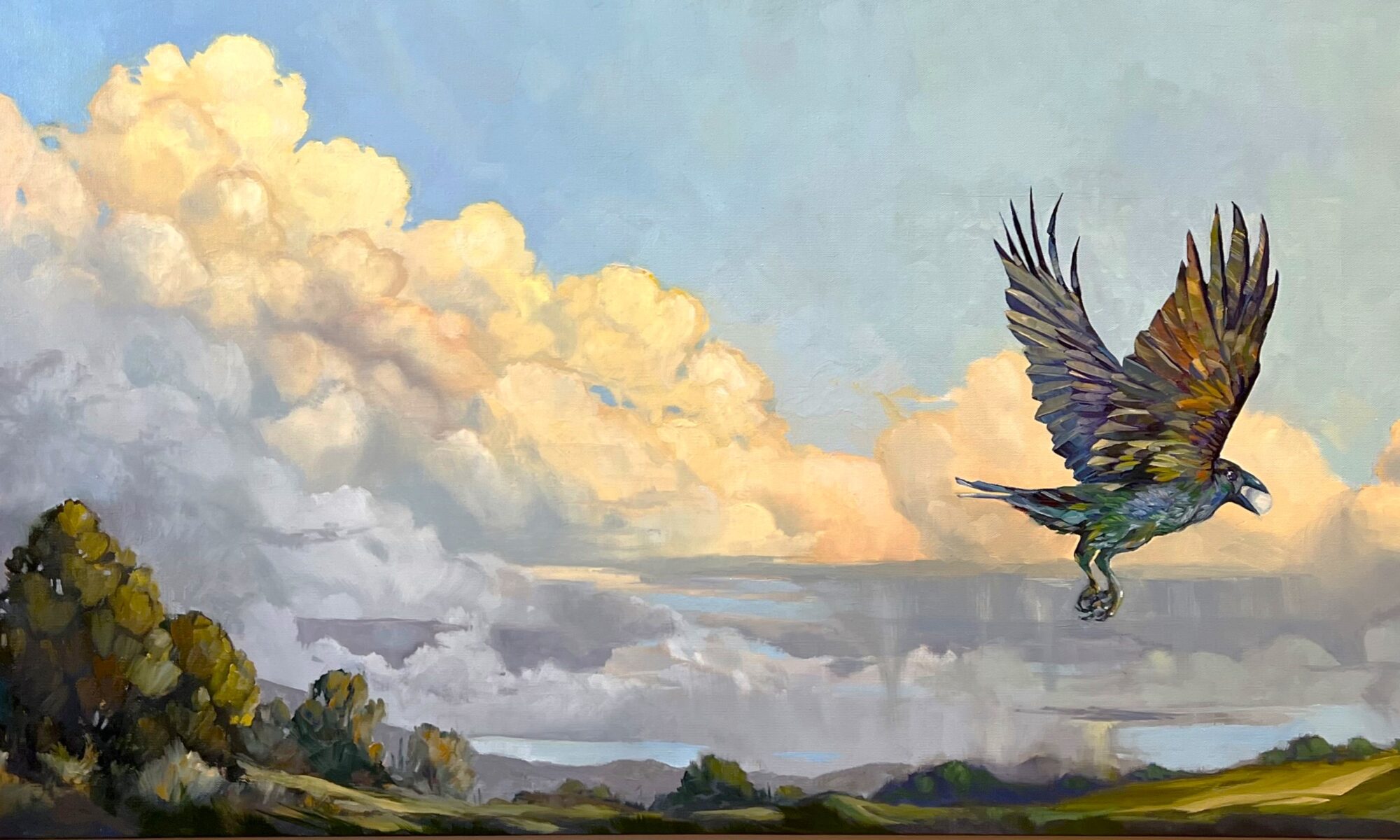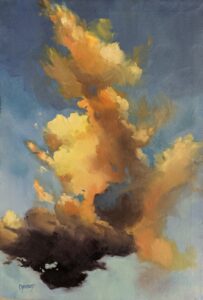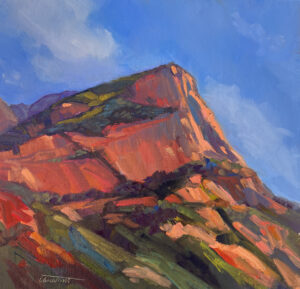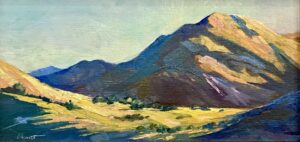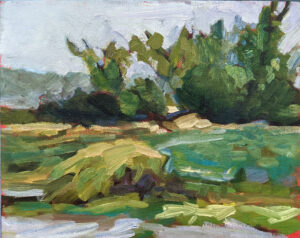
The first person in the door of Red Barn Gallery in Port Clyde yesterday was a lovely lady from Industry, ME. She told me she often feels uncomfortable entering an art gallery, especially since she doesn’t intend to buy. Why is that, I asked her. She couldn’t give me a clear answer but said, “this place doesn’t make me feel that way.”
I think I’m typical as a gallerist in that I like people stopping by to talk art, both at the Red Barn Gallery and my own space at 394 Commercial Street in Rockport.
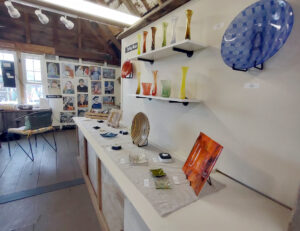
Susan Lewis Baines (who’s both a gallerist and artist) put it this way:
- Come on in and say hi;
- Look at and admire the work;
- Ask about the artists;
- Bring your coffee from Squid Ink across the road;
- Bring me one [you can skip that step with me];
- Come to our openings and meet our members and guest artists;
- If you see a piece of art you really like, buy it. I have never known anyone who regretted buying a piece of art that spoke to them;
- And lastly, don’t ever, ever, feel obligated to buy. And don’t let that keep you away from us.
There’s nothing pompous or intimidating about the Red Barn Gallery-it’s in a converted barn, above a bar. That probably helped my visitor relax, and it’s a heads-up to anyone designing a gallery space to not be too obsessed with design and fashion. It’s a pity when anyone who loves art feels daunted by galleries. I turned our conversation over, trying to think of reasons why it might happen.
Intimidation: Galleries sometimes have an air of exclusivity and luxury, which can be intimidating to those of us from more practical backgrounds. When they’re overly opulent, they can make us feel ill-at-ease.
Price perception: We read all the time about high-end art that sells for absurd prices. Art fanciers may assume they can’t afford art at all, or fear they’ll be judged if they don’t buy anything. The reality is that most art is made by middle-class artists for a middle-class audience. Yes, it’s more than you’d pay at TJMaxx, but it’s not stratospherically expensive, either. You could spend more on a handbag than most of the pieces at the Red Barn Gallery, and they’ll have far more lasting power.
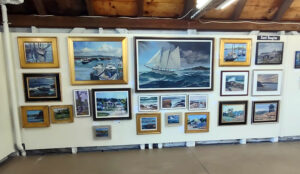
Self-consciousness: Some people may worry about being judged by the staff or other customers if they don’t look affluent. I have felt that myself in some Manhattan galleries, but it’s not much of an issue here in Maine, where we choose between flannel shirts and Sunday-go-to-meetin’ flannel shirts.
Sales pressure: You’re very likely to get attentive customer service in a gallery, but don’t assume that means we’re pushing you into a purchase. It’s just that (see above) we like talking about art.
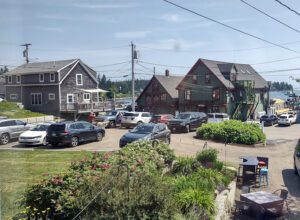
My personal bête noire is disinterested or supercilious gatekeepers. And therein lies the paradox of galleries. What’s right for a $300 or $3000 painting is probably not right for a $300,000 painting or a $3 million painting. The same thing that turns me off might make a person interested in a six-figure painting feel more pampered and exclusive.
Reserve your spot now for a workshop in 2025:
- Advanced Plein Air Painting, Rockport, ME, July 7-11, 2025.
- Sea and Sky at Acadia National Park, August 3-8, 2025.
- Find Your Authentic Voice in Plein Air, Berkshires, MA, August 11-15, 2025.
- Immersive In-Person Fall Workshop, Rockport, ME, October 6-10, 2025.

